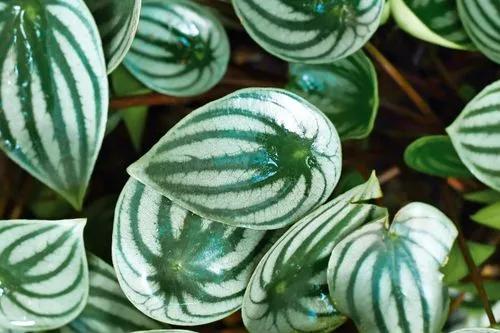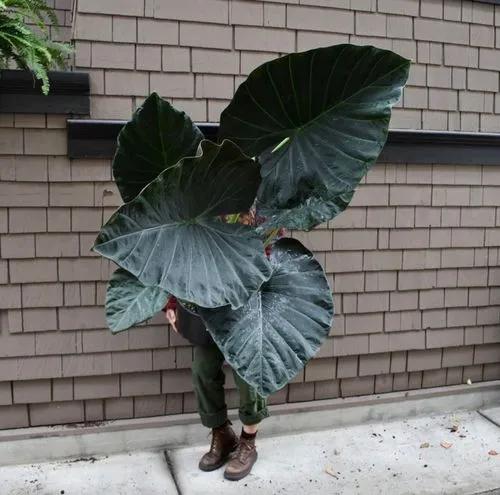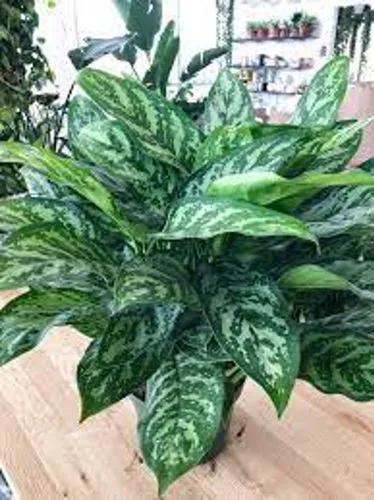s a species of flowering plant in the family Fabaceae and is endemic to south-eastern Australia. It is usually an erect tree with smooth bark, bipinnate leaves and spherical heads of pale yellow or cream-coloured flowers followed by black to reddish brown pods. In some other parts of the world, it is regarded as an invasive species.
Green Wattle Care
Acacia Mearnsii



Acacis mearnsii is a spreading shrub or erect tree that typically grows to a height of 10 m (33 ft) and has smooth bark, sometimes corrugated at the base of old specimens. The leaves are bipinnate with 7 to 31 pairs of pinnae, each with 25 to 78 pairs of pinnules. There is a spherical gland up to 8 mm (0.31 in) below the lowest pair of pinnae. The flowers are arranged in spherical heads of twenty to forty and are pale yellow or cream-coloured, the heads on hairy peduncles 2–8 mm (0.079–0.315 in) long. Flowering mainly occurs from October to December and black to reddish-brown pods, 30–150 mm (1.2–5.9 in) long and 4.5–8 mm (0.18–0.31 in) wide develop from October to February In some regions, introduced plants of this species are considered a weed. This is because they threaten native habitats by competing with indigenous vegetation, replacing grass communities, reducing native biodiversity and increasing water loss from riparian zones. In Africa, A. mearnsii competes with local vegetation for nitrogen and water resources, which are particularly scarce in certain regions, endangering the livelihoods of millions of people
How to Care for the Plant

Popularity

143 people already have this plant 18 people have added this plant to their wishlists
Discover more plants with the list below
Popular articles






